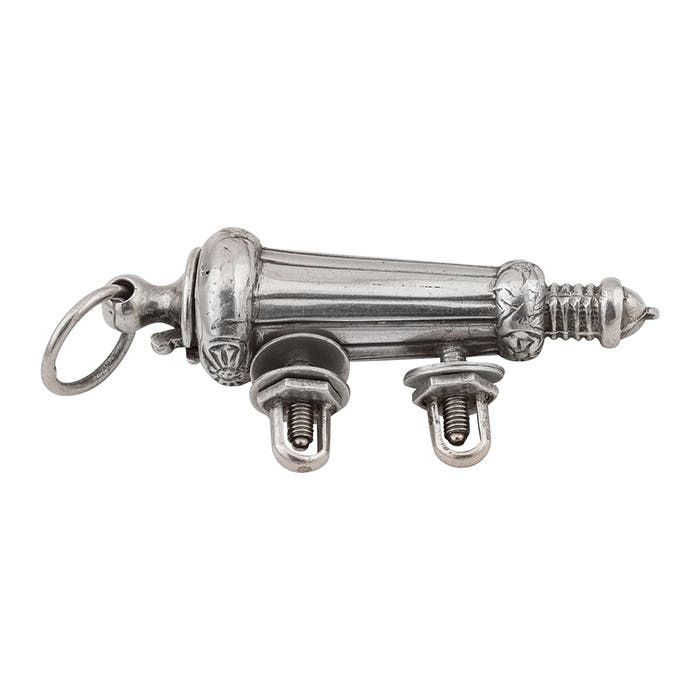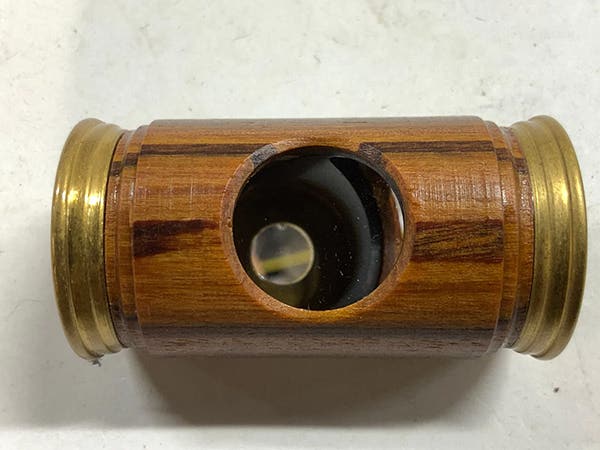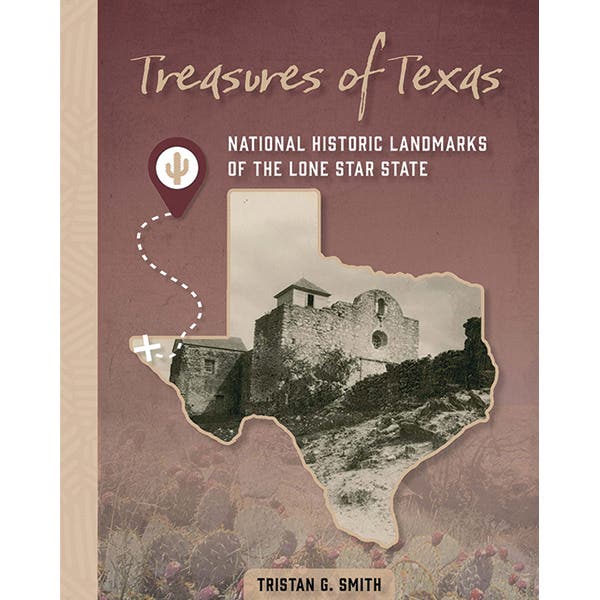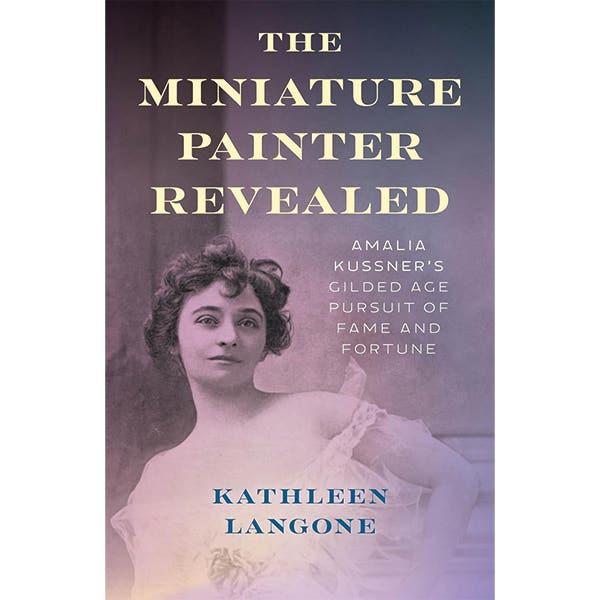Negotiate – don’t haggle – to improve margins
For many people, a successful antique or collectible transaction is about price. However, it’s not necessarily about haggling, but more about negotiate, explains Behind the Gavel columnist Wayne Jordan.
By Wayne Jordan
If I had a dollar for every time I’ve been asked “What’s your best price on this?” I could have retired a rich man.
I’ll wager many of you can say the same. It seems that consumers in our price-driven, commodity-based economy have been trained that prices for a particular item vary, and one must scout around to get the best deals. Nearly every price is negotiable. Even blue-chip retailers like Saks Fifth Avenue, Nordstrom, and Nieman-Marcus offer their pricey goods at discounts through their clearance stores, Saks Off 5th, Nordstrom Rack and Nieman Marcus Last Call, respectively.
Open to Negotiate
Stephen Hoch, a marketing professor at the Wharton School of the University of Pennsylvania teaches his students:
“Assume everything is fair game. Retailers drop prices all the time and call it a sale. It’s not in the
seller’s best interest to charge one price to all customers ... you charge different prices to different people based on their willingness to pay.” [http://bit.ly/2iyTEGT]
Of course, in our business we expect customers to haggle over price. Haggling is part of the antiques game, and for some (dealers and collectors both) haggling has become high art. But, there are times when we may agree to a customer’s price demands and still have them walk out without buying, leaving us wondering what happened.
Possible Harm in Haggling
Perhaps it’s because an item’s price wasn’t their main concern after all. A 2013 Experian poll maintains that although price matters to consumers, it isn’t their primary concern [http://bit.ly/2j0frGb]. The Experian study states:
“When consumers are asked how important factors ... are when shopping, price regularly ranks either fourth of fifth among even the most deal-obsessed segments, demonstrating that many consumers are willing to pay more, provided their other needs are met.”
Haggling is no way to determine what a customer’s “other needs” are. Haggling is about one thing: price. Dealers who spend their time focused on price alone may find that both their revenue and their margins suffer. My advice? Don’t haggle; negotiate.
Exploring Difference Between Negotiating and Haggling
What’s the difference? Negotiation looks beyond price to discover a customer’s “other needs.” Negotiation is about value, not price. Value is not created when you put a price tag on an item; value exists in the mind of your customer. It’s up to you to discover how much you customer values the item he wants to buy, and how much he is actually willing to pay.
Let’s say you have a Lionel Western Pacific “blue feather” box car that you priced at $899 in June 2016 when you bought it. The same model sold in September 2016 on eBay for $1,500 with 11 bidders. A serious collector would know this, and scoop up the $899 bargain. If you had the box car priced at $2,000, the customer would still want it but he might hesitate to spend $2,000. You can haggle over the price and end up with something under $2,000, or you could dig to discover what the customer’s “other needs” are and arrive at a selling price at or close to your $2,000 price.
According to negotiation coach Allan Tsang, “if they want it they will pay the price.” He’s right. Customers regularly pay more than they expect to pay for items that they want. Collectible guitars with notable provenance regularly sell for over a million dollars to individuals who don’t play a note. Why? Because they can afford it, and they want it. Wants are emotionally driven. Needs are logically driven. We need food and shelter; we don’t need another collectible. Everything in your store is a “want” not a “need.” Learn to tap into a customer’s emotional reason for wanting to buy an item, and you will get more money for what you are selling.
Tips to Negotiate Successfully
If you’re a great negotiator, will you always get your asking price? Of course not. But you will, on average, get more than you would have if all you do is haggle over price. Tsang’s corporate clients regularly report higher margins and sales levels after his negotiation workshop. [http://www.88owls.com/workshops]
I recently spoke with Tsang, and asked him if he could offer some negotiation tips for antique dealers. He enthusiastically offered the following:
First, understand that negotiation is a process of discovery. Your purpose is to discover why the customer wants a particular item. He doesn’t want it because it’s on sale; he doesn’t want it because he got a good deal. He wants it because it fills an emotional need in his life: it’s a good addition to his collection, it’s a perfect gift for a loved one; it will look nice in his home, or some other reason. Until you find out what his reason is, you are at a distinct disadvantage when arriving at a price.
Negotiation In Action
Doubtless, the first question to you that will be asked is, “What’s your best price?” or something similar. This is an offer to negotiate. Don’t haggle. Step back, make a neutral remark, and set yourself up to ask questions. You can’t discover anything if all you do is talk. Quit the “sales pitch.” He picked up the item for a reason; ask questions, and learn why he did.
For example:
Customer: “What’s your best price on this?”
Dealer: “Wow, that’s nice. What attracted you to this? Do you collect these?”
Whatever the answer, repeat a few of his words back to him in question form. In every case, the customer will add more information.
For example:
Customer: “Nah, I don’t collect them, but I used to have one as a kid.”
Dealer: “You used to have one as a kid?”
Customer: “Yeah, I got one for my twelfth birthday. I used to play with it all the time.”
And you’re off and running: You just made an emotional connection to a fond memory. Explore it.
Key Points
Don’t pry; encourage. You want to get into his world. You want to uncover (as Wharton’s professor Hoch says above) how much he is willing to pay by helping him emotionally re-connect with the object of his desire. When that happens, his mindset shifts from “how cheaply can I get this” to “I’d really like to have it.”
This puts you in a much better position to negotiate a price. Once you see that an emotional connection has been made, you’re ready to approach the price issue and close the sale. Without this setup, all you will do is haggle and hope you can maintain your profit margin, if you sell the item at all.
So, Tsang says, effective negotiation addresses three fundamental concerns: questions, emotions, and discovery. Keep these precepts in mind; practice them every chance you get, and soon you may be an impressive negotiator.








